Search Images
Browse Content (p. 1044)
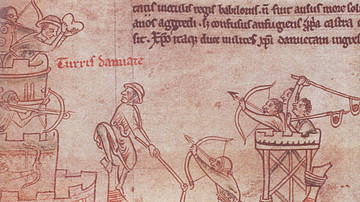
Image
The Attack on Damietta, 1218 CE
A 13th century CE manuscript illustration depicting the attack on Damietta in Egypt in 1218-19 CE during the Fifth Crusade (1217-1221 CE). (From the Chronica Majorca by Matthew Paris, Corpus Christi College, Cambridge)
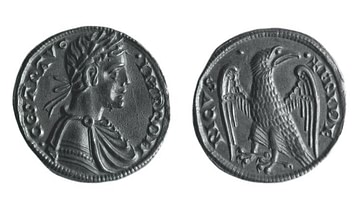
Image
Coin of Holy Roman Emperor Frederick II
Gold coin of Holy Roman Emperor Frederick II, minted in Sicily between 1211-1250 CE. Weighs 5.2 grammes and measures 20 mm (British Museum, London)
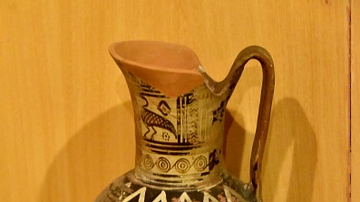
Image
Pottery jug from Cyprus
Painted jug. Pottery. From Cyprus, Geometric Period, 1050-750 BCE. (Museum of Archaeology, Istanbul, Turkey).
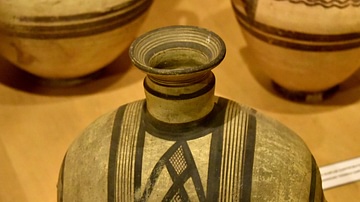
Image
Barrel-Shaped Pottery Jug from Cyprus
Painted jug, barrel-shaped. Pottery. From Cyprus, Geometric Period, 1050-750 BCE. (Museum of Archaeology, Istanbul, Turkey).
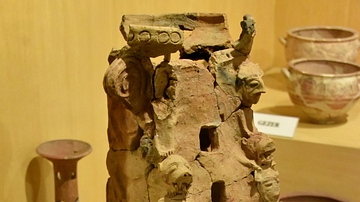
Image
Censer from Tell Ta'anek
This ritual object, a pottery censer, was made in the shape of a prism, with superimposed sphinx and lion reliefs on both sides. The small square openings on the front and the back were for the smoke of the fumigated plants to come out. The...
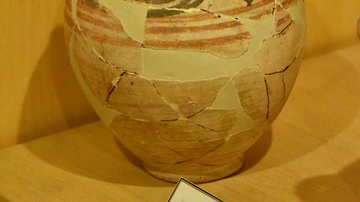
Image
Pottery jug from Gezer
Pottery jug with a broken handle. From Gezer, in modern-day Israel. Early Iron Age in Palestine/Syria, 1200-900 BCE. (Museum of Archaeology, Istanbul, Turkey).
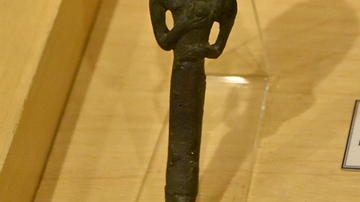
Image
Goddess from Syria
Bronze figurine of a goddess. Middle Bronze Age, 1650-1050 BCE. From modern-day Syria. (Museum of Archaeology, Istanbul, Turkey).
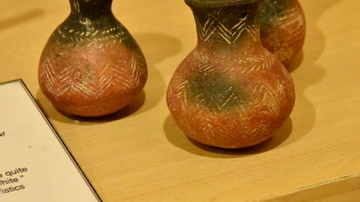
Image
Philia Culture Pottery from Cyprus
These pottery vessels show prominent Anatolian characteristics. Early Bronze Age in Cyprus, 2300-1900 BCE. (Museum of Archaeology, Istanbul, Turkey).
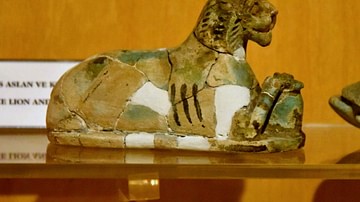
Image
Faience Lion from Megiddo
A statuette of a lion. Faience. Early Iron Age, 1200-900 BCE. From Tel Megiddo, in modern-day Israel. (Museum of Archaeology, Istanbul, Turkey).
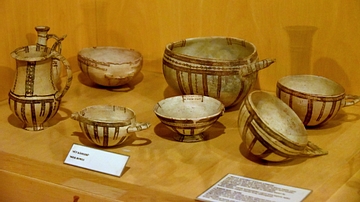
Image
Milk Pottery from Cyprus
A variety of milk pottery. Late Bronze Age in Cyprus, 1650-1050 BCE. (Museum of Archaeology, Istanbul, Turkey).